THE NEW YORK TIMES: Rebels easily toppled Syria’s army. Their challenge now: Rebuilding
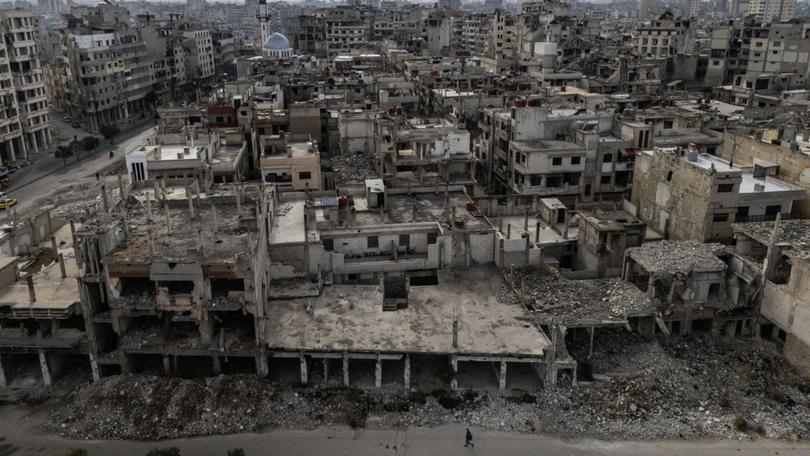
ALEPPO, Syria — More than 50 tanks and military vehicles lay scattered and abandoned across the parade and training grounds of an army base in northern Syria, captured by rebels in their lightning-fast offensive that toppled President Bashar Assad.
The main garrison building bore the marks of two large explosions, but little sign of close-contact fighting. The assault was over in a day when the Syrian soldiers retreated, said Abu Muhammad, a rebel fighter guarding the base.
The government soldiers left behind a filthy jumble of army life: clothes, blankets, gas masks and helmets, and empty tin cans. Living conditions were primitive, with no windows or doors — instead, sacks or sheets of tin roofing were fixed over openings.
Sign up to The Nightly's newsletters.
Get the first look at the digital newspaper, curated daily stories and breaking headlines delivered to your inbox.
By continuing you agree to our Terms and Privacy Policy.The base reflected the opportunity for a new government borne out of a well-prepared military campaign, bringing together different rebel groups, whose success surprised even its own fighters. But it also was a measure of the challenges ahead as they look to rebuild a country broken by more than a decade of civil war, depriving and depleting its military.
The country’s new leadership recently announced a plan to unite the various rebel factions under one government and for their armed fighters to serve together in one army.
In interviews with dozens of combatants, many said they had already accepted a single command under Ahmad al-Sharaa and his rebel force, Hayat Tahrir al-Sham, and had benefited from uniting their forces.
“The important thing is to be together,” said Nasr al-Nahar, 41, a senior rebel commander who said his own group had settled its differences with Hayat Tahrir al-Sham. “We are fighting tog\ether for liberation.”
But bitterness and divisions are likely to continue with forces that remain in opposition, including the Kurdish militia that controls much of northeastern Syria; the Islamic State extremist group, which operates in parts of central Syria; and remnants of Assad’s security forces who have shown signs of resistance.
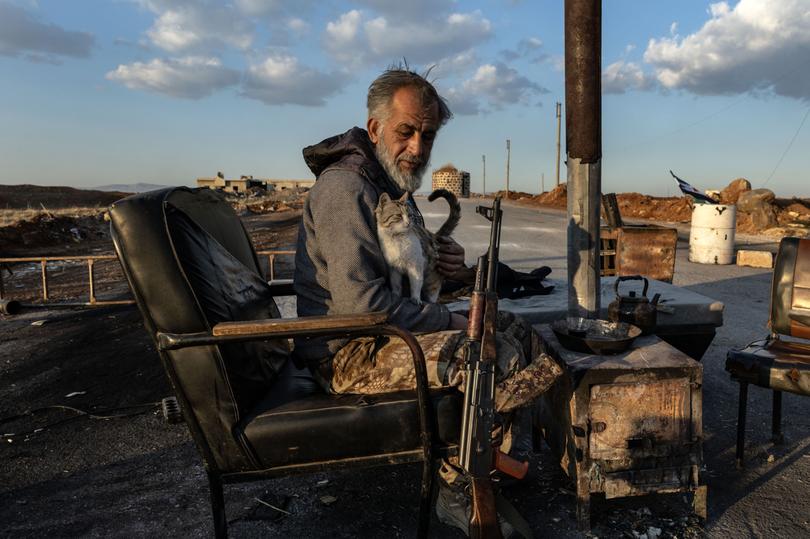
While the rebels are taking over security of the country and its borders, they are inheriting a devastated military infrastructure that will be hard to capitalize on or rebuild.
A 10-day journey along the path of the rebels’ advance by a reporter and a photographer for The New York Times and a Syrian translator showed that the Syrian army they defeated — and are now replacing — was so ill-equipped and demoralized that its soldiers had laid down their arms or fled in panic.
The rebels breached defenses that had held strong for years, encircling and assaulting military garrisons often without much of a fight. The tank base, which fell on the second day of the operation, was decrepit, its windowless buildings barricaded with a makeshift protection of tractor tires and metal drums filled with earth.
On other bases and checkpoints near the former front line, Syrian soldiers clearly lacked resources. They had dug a makeshift bunker inside a farm building, heaping rubble on top of sheets of corrugated iron to provide protection from shelling, and had patched up shell holes in the walls with a mixture of mud and straw.
“We started the operation thinking we would take only one village, and we took all of Syria,” said a Hayat Tahrir al-Sham fighter, Abu Aisha, with a wide grin.
The 24-year-old was hanging out with a fellow fighter, Abu Hamza, 25, in the central park of the city of Hama, lending his assault rifle to local youths to pose with it for photographs. Both men said they had been training and fighting since they were 15 and would readily join the national army.
Some of the fighting during the rebel offensive was intense. Abu Aisha said his commander and deputy commander were killed at a main intersection in the first days of the operation. Others were killed and wounded in airstrikes.
But rebel fighters said that they had encountered weaker resistance than in previous years of fighting. Russian air power and Iranian-backed militias on the ground, which in the past had provided much of the glue that held the Assad regime together, had been reduced in recent months.
Aleppo fell to the rebels on Nov. 30 after just three days of fighting.
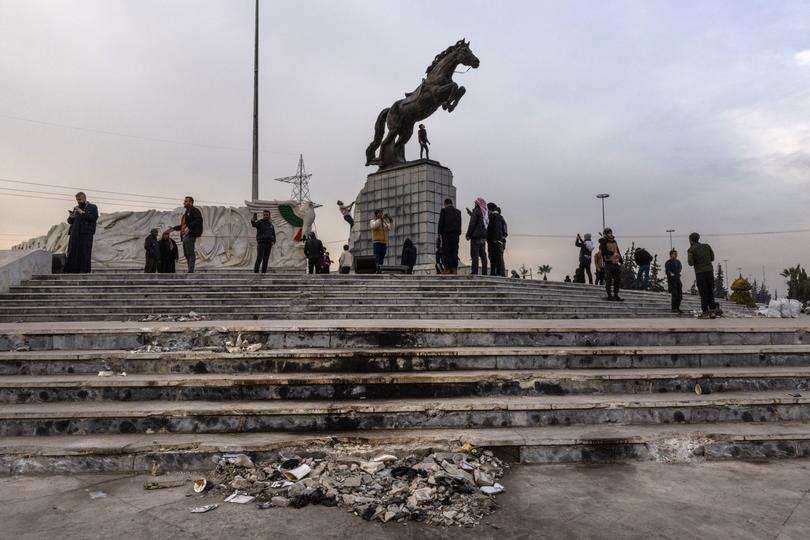
A fabled city centered around an ancient citadel, Aleppo was the site of grueling fighting when the 2011 peaceful uprising spiraled into civil war. It had taken Assad four years to wrest control of the city from the rebels in 2016, and then only with the help of Iranian militias and Russian troops. Its sudden fall stunned the Syrian leadership.
“It was serious from the moment Aleppo fell,” said Abed, 39, a Syrian police officer, who gave only his first name for fear of reprisals.
“There was no command,” he added. “The silence was clear.”
After Aleppo, the rebels pushed southward to attack the cities of Hama and then Homs, with the capital, Damascus, already in their sights.
On the roads along the way, tanks and armored vehicles were left abandoned, had crashed or had broken down. Few of them showed signs of fighting, such as being burned in explosions or bearing bloodstains from casualties.
There were some indications of panic. An armored personnel carrier had smashed into the corner of a house in a village, and a tank lay upside down where it that had crashed into a trench.
As the rebels advanced, two soldiers, Mahmoud, 23, and his brother Mamdur, 26, serving in separate Syrian army bases, prepared to desert. The brothers asked that their surname not be published to avoid repercussions.
Mahmoud escaped when rebels attacked his base in the southern region of Golan. He ran through a forest with three other soldiers and sheltered in a village for two nights until their host told them that Assad had fallen.
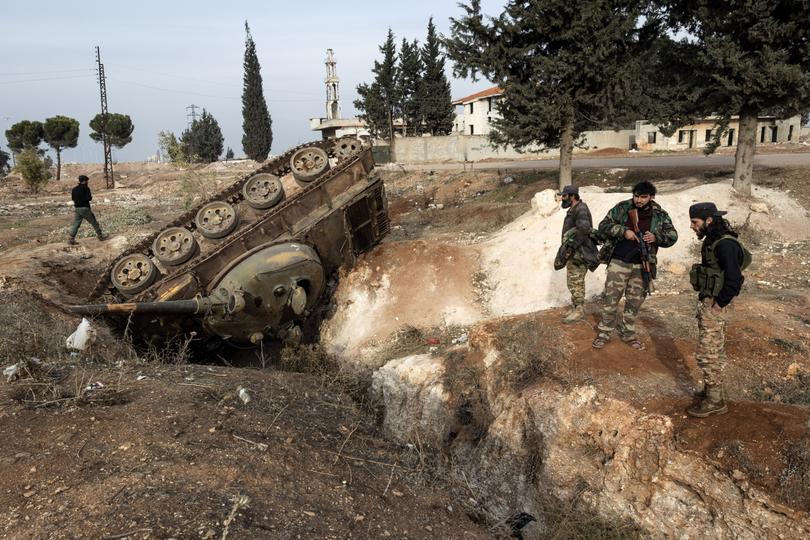

On Dec. 7, Mamdur heard an order come over his senior officer’s radio to evacuate the base. The soldiers changed into civilian clothes, left their weapons and rode in a truck to the provincial capital.
At a checkpoint, rebel fighters searched him for weapons but then told him, “Just go home,” he recounted. “They knew everyone was running away.”
Poor conditions, low pay and disaffection all played a role in the Syrian military’s collapse, the two soldiers said.
“They did not fight,” said Mahmoud, who was conscripted into the army 18 months ago. “No one loves Assad, but no one could say it.”
“Assad forced us into the army,” he added. He had wanted to continue his studies but was ordered into the military, where he received a salary of $10 a month. His brother was forced to stay in the army for 5 1/2 years, he said.
The soldiers were happy to be home. The police officer was wary of the new group in charge.
But the rebel commander, al-Nahar, was optimistic. Hayat Tahrir al-Sham fighters cared about the future of the nation, he said. “Most of them are for Syria, and I respect them,” he said.
He added that he hoped the new government could work out an agreement with the Kurdish group, too.
For many, the promises made during the rebel’s campaign provide hope about the potential for the future — even if it remains to be seen whether the new government makes good on them.
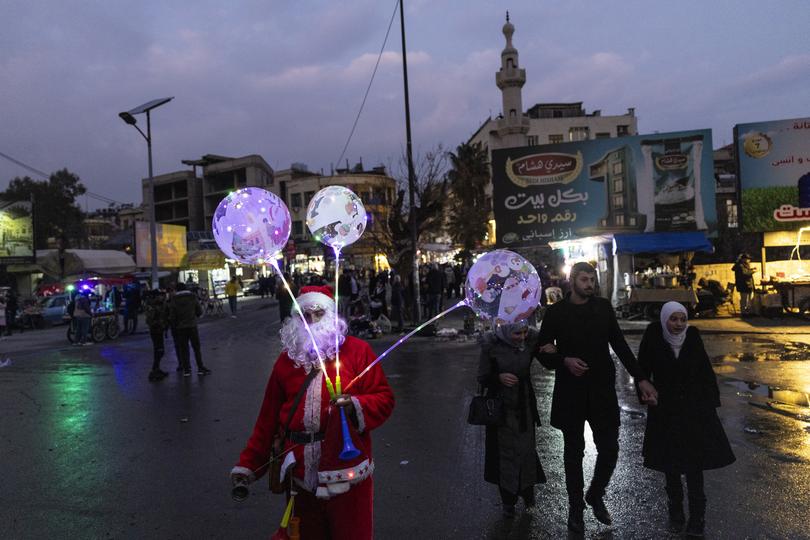
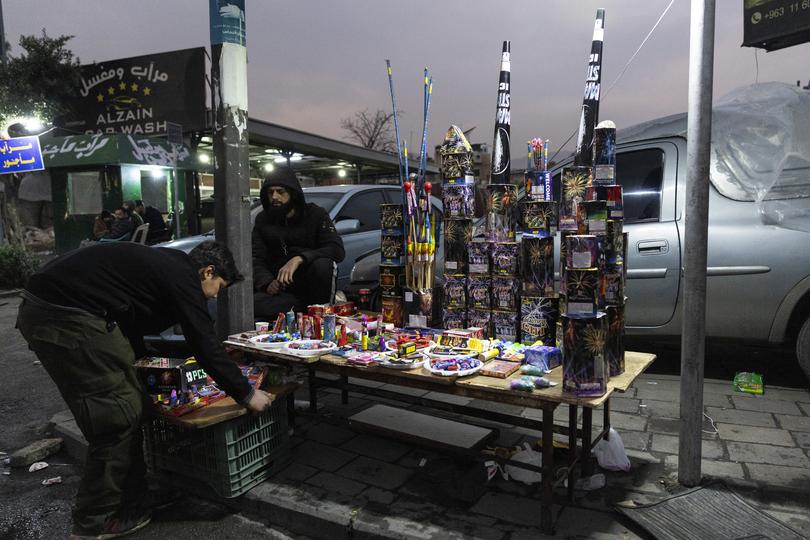
Importantly, for the new leadership, the rebel campaign was successful because it reached out to communities in the government-controlled parts of Syria and was in touch with people inside the regime’s structures, said Ammar Kahf, executive director of the Omran Center for Strategic Studies in Istanbul.
Their promise that members of minority groups would not be harmed and a call for members of the security services to lay down their weapons sharply reduced the level of conflict, he said.
In the end, Assad’s grip on the country was anchored by the fear his regime instilled in the population, the Syrian police officer, Abed, said.
“We hate Assad, and we like life,” he said.
This article originally appeared in The New York Times.
© 2025 The New York Times Company
Originally published on The New York Times
